NEW YORK—The LowLine project, which seeks to utilize abandoned space for an underground park next to the Essex Street subway station on the Lower East Side, has raised more than $136,000 for a demonstration of the technology created to reflect sunlight below ground.
James Ramsey, owner and founder of RAAD Studio, an architecture and design firm, created skylights that collect light above ground and reflect it underground through fiber-optic cables.
The reflected light will even carry “the necessary wavelengths to support photosynthesis,” which would allow plants to grow in the underground space, according to the project’s page on the fundraising website Kickstarter.
Located next to the Essex Street J/M/Z subway station, the 1.5-acre vacant space was originally used as a trolley stop. It is now owned by the Metropolitan Transportation Authority.
Ramsey and Dan Barasch, co-founder of the project, have given presentations to the MTA and community groups and received support for the project. They hope to raise $300,000 to demonstrate the light technology and complete engineering studies for the park after meeting their original goal of $100,000.
LowLine Project Receives Funding for Demonstration
The LowLine project, which seeks to utilize abandoned space for an underground park next to the Essex Street subway station on the Lower East Side, has raised more than $136,000 for a demonstration of the technology created to reflect sunlight below ground.
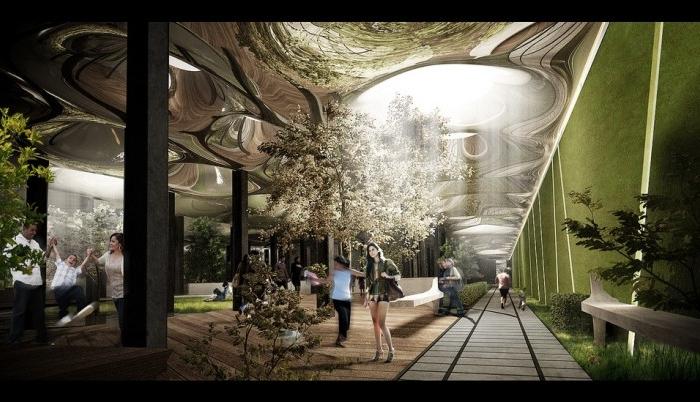

3/16/2012
Updated: 3/16/2012


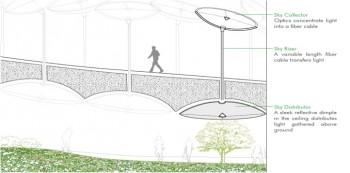

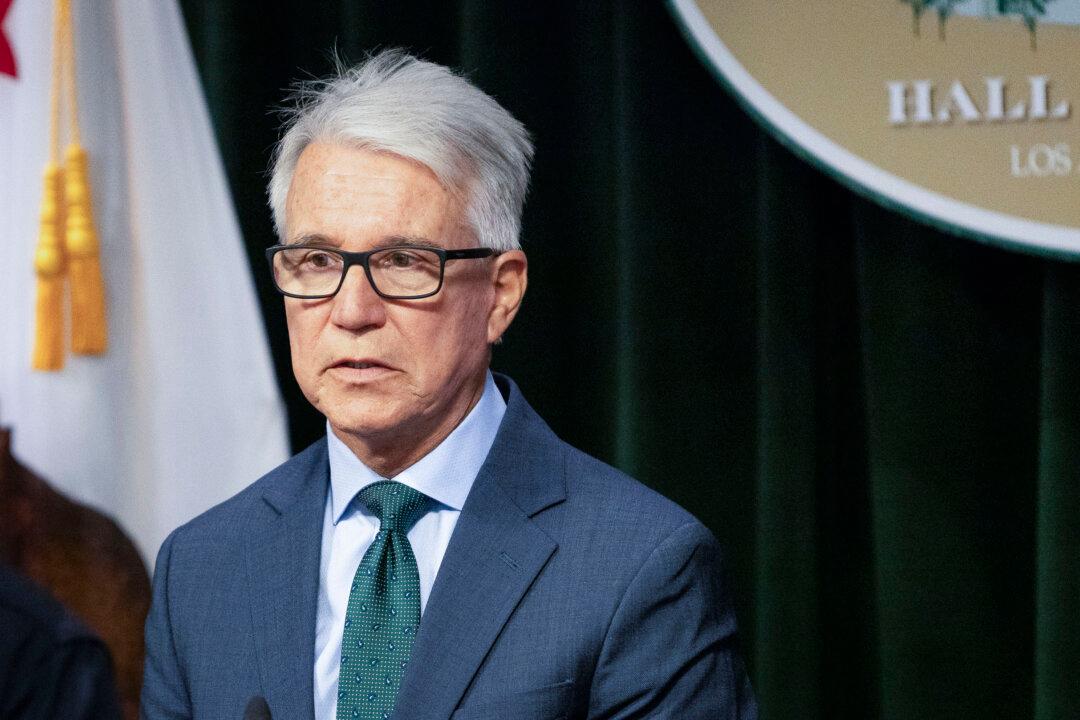
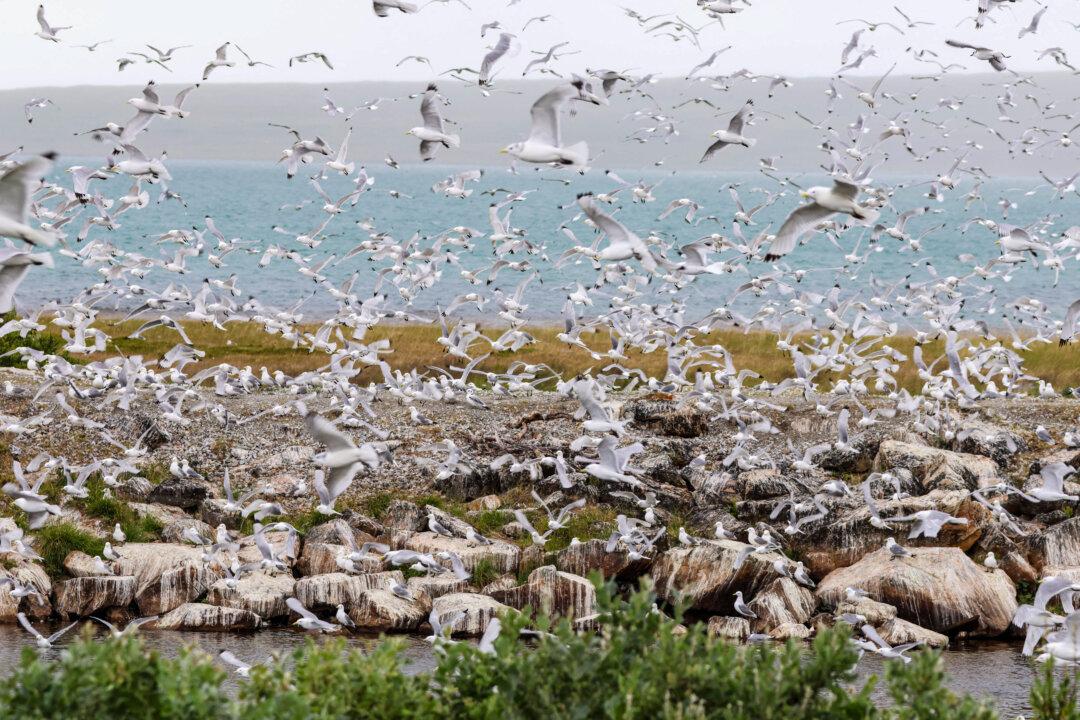
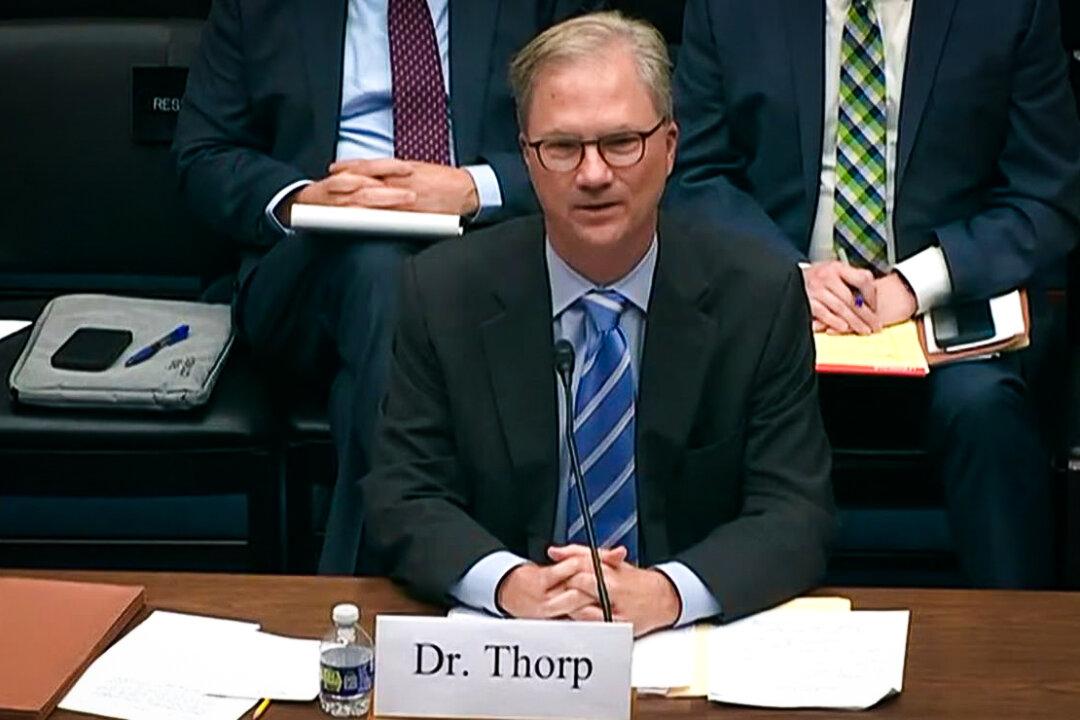

Friends Read Free